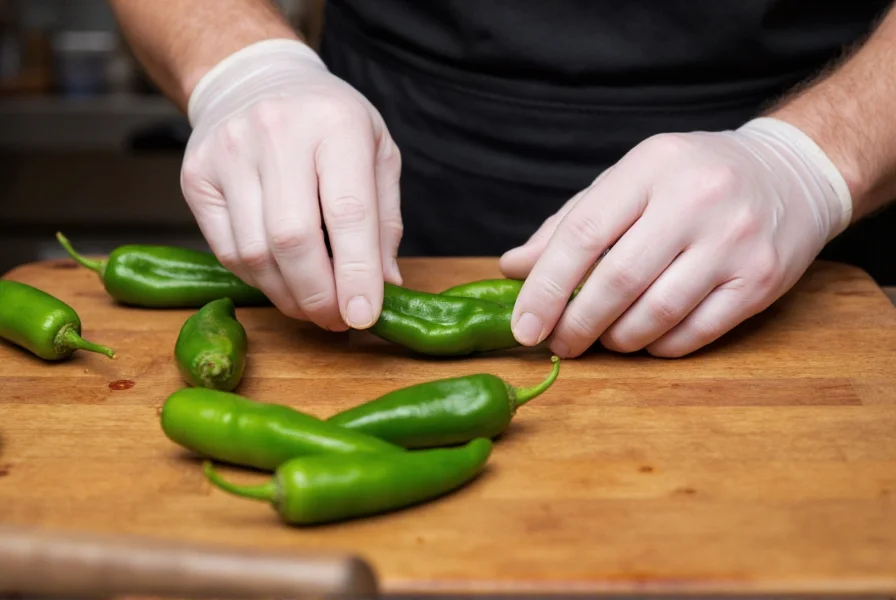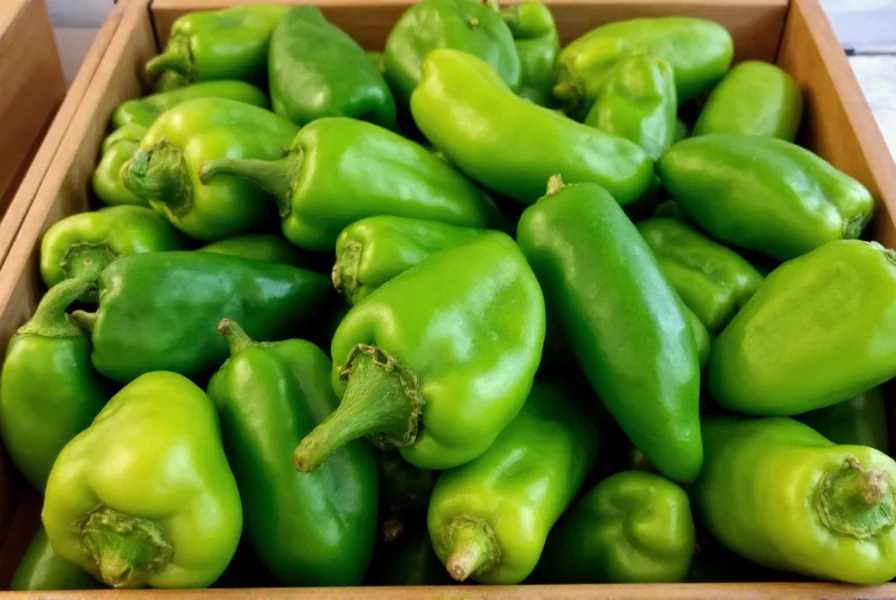Understanding the serrano pepper Scoville scale range is essential for home cooks and chili enthusiasts who want to harness this pepper's distinctive heat without overwhelming their dishes. These vibrant green or red peppers deliver a clean, grassy heat that builds gradually, distinguishing them from other common chili varieties.
What the Scoville Scale Measures
The Scoville scale quantifies chili pepper heat by measuring capsaicin concentration—the compound responsible for that burning sensation. Developed by pharmacist Wilbur Scoville in 1912, the scale originally relied on human testers diluting pepper extracts until the heat became undetectable. Today, high-performance liquid chromatography provides precise measurements, though results are still expressed in Scoville Heat Units for consistency.
Serrano Pepper Heat Characteristics
Serrano peppers (Capsicum annuum) typically register between 10,000-23,000 SHU, though their actual heat can vary based on several factors:
- Growing conditions: Soil quality, climate, and water stress affect capsaicin production
- Ripeness: Red serranos (fully mature) often run hotter than green varieties
- Plant genetics: Different serrano cultivars exhibit varying heat levels
- Individual variation: Even peppers from the same plant can differ in heat intensity
| Pepper Variety | Scoville Heat Units | Heat Comparison |
|---|---|---|
| Serrano Pepper | 10,000-23,000 SHU | Base reference |
| Jalapeño Pepper | 2,500-8,000 SHU | 3-9x milder than serrano |
| Cayenne Pepper | 30,000-50,000 SHU | 1.5-2x hotter than serrano |
| Habanero Pepper | 100,000-350,000 SHU | 5-15x hotter than serrano |
| Thai Bird's Eye | 50,000-100,000 SHU | 3-8x hotter than serrano |
Practical Applications of Serrano Heat Level
When working with serrano peppers on the Scoville scale, consider these culinary applications based on their specific heat profile:
For mild preparations, remove seeds and membranes where capsaicin concentrates. This reduces serrano pepper heat level while preserving flavor. Serranos work beautifully in fresh salsas, guacamole, and ceviche where their bright heat complements other ingredients without dominating.
Chefs often prefer serranos over jalapeños when seeking medium heat intensity with cleaner flavor. Their thinner walls make them ideal for pickling, and they blend exceptionally well in creamy sauces where their heat distributes evenly. Understanding serrano vs jalapeno Scoville comparison helps determine appropriate substitutions in recipes.
When preserving serrano peppers, remember that drying concentrates capsaicin. Dried serranos can reach the lower end of cayenne's heat range (30,000+ SHU), making them suitable for spice blends and infused oils.
Safety Tips for Handling Hot Peppers
Working with serrano peppers requires precautions due to their significant heat level on the Scoville scale:
- Always wear disposable gloves when handling serranos, especially when seeding
- Avoid touching your face—capsaicin can transfer to eyes causing severe irritation
- Wash cutting boards and knives thoroughly with soapy water after use
- Neutralize accidental skin contact with dairy products (milk, yogurt) rather than water

Measuring Serrano Heat in Home Cooking
Without laboratory equipment, you can estimate serrano pepper heat level through practical methods:
Start by tasting a tiny piece of the pepper's tip—never the seed area where heat concentrates. Wait 30 seconds before assessing. If incorporating into a dish, add serranos incrementally, allowing 10-15 minutes for heat to distribute before adding more. Remember that cooking can intensify perceived heat as capsaicin releases into oils and liquids.
When substituting serranos in recipes, consider the serrano pepper Scoville units range compared to alternatives. One serrano generally equals 2-3 jalapeños in heat, but always adjust based on your specific peppers' intensity.












 浙公网安备
33010002000092号
浙公网安备
33010002000092号 浙B2-20120091-4
浙B2-20120091-4